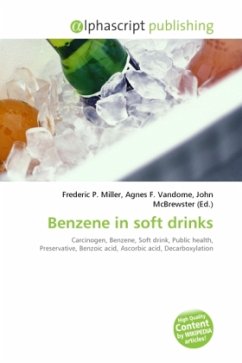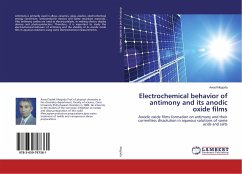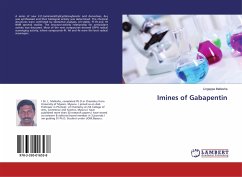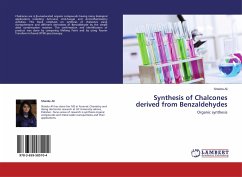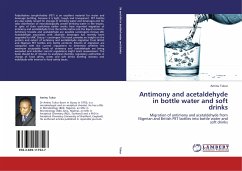
Antimony and acetaldehyde in bottle water and soft drinks
Migration of antimony and acetaldehyde from Nigerian and British PET bottles into bottle water and soft drinks
Versandkostenfrei!
Versandfertig in 6-10 Tagen
52,99 €
inkl. MwSt.

PAYBACK Punkte
26 °P sammeln!
Polyethylene terephthalate (PET) is an excellent material for water and beverage bottling, because it is light, tough and transparent. PET bottles are also widely reused for storage of drinking water and beverages and for solar disinfection of microbiologically unsafe drinking water in the tropics. In spite of their usefulness earlier works have reported migration of antimony and acetaldehyde from the bottle matrix into the liquid contents. Antimony trioxide and acetaldehyde are possible carcinogens (Group 2B). Acetaldehyde associated with alcoholic beverages has recently been upgraded to IARC...
Polyethylene terephthalate (PET) is an excellent material for water and beverage bottling, because it is light, tough and transparent. PET bottles are also widely reused for storage of drinking water and beverages and for solar disinfection of microbiologically unsafe drinking water in the tropics. In spite of their usefulness earlier works have reported migration of antimony and acetaldehyde from the bottle matrix into the liquid contents. Antimony trioxide and acetaldehyde are possible carcinogens (Group 2B). Acetaldehyde associated with alcoholic beverages has recently been upgraded to IARC Group 1 carcinogen.The book provides an insight on the pattern and extent of antimony and acetaldehyde migration from British and Nigerian PET bottles into bottle contents. Extents of migration are compared with the current regulations to determine whether the maximum acceptable levels of antimony and acetaldehyde are being exceeded and whether current regulations might need reassessment. The book should be of interest to analytical chemists, regulatory authorities in charge of food safety, water and soft drinks bottling industry and individuals with interest in food safety issues.





